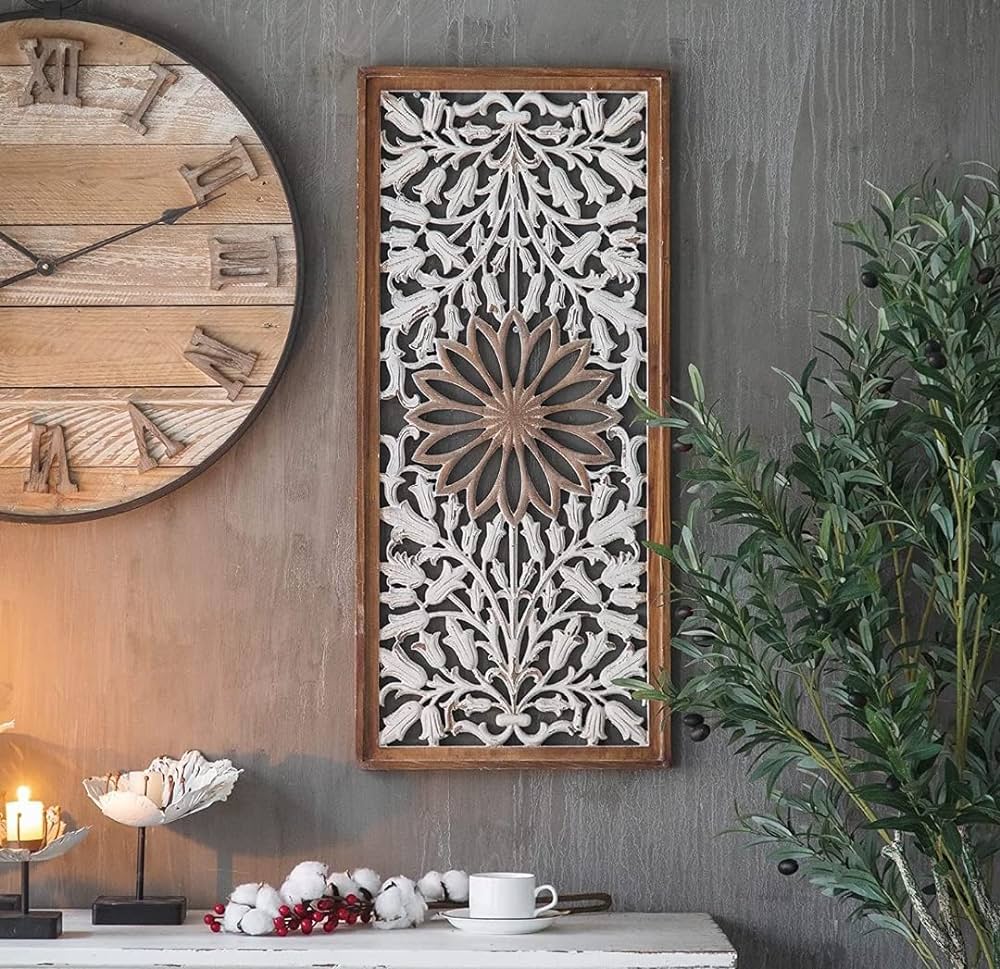Paneling Walls – A Timeless Technique for Adding Character and Warmth
Paneling walls is a design technique that transcends fleeting trends. It is a timeless way to infuse a space with character and warmth, adding depth and architectural interest. From grand traditional interiors to contemporary living rooms, wall paneling offers a versatility that can be adapted to suit any style. One of the enduring appeals of paneling lies in its ability to create a sense of solidity and structure. In rooms with vast expanses of flat walls, paneling visually breaks them up, creating a more intimate and inviting atmosphere. Imagine a long, narrow hallway. By incorporating raised panels along the lower two-thirds of the wall, you introduce a sense of balance and definition, making the space feel less confined. Paneling also adds a touch of sophistication. Think of a library lined with rich wood panels that reach halfway up the wall. The paneling not only creates a backdrop for bookshelves but also evokes a sense of tradition and scholarly pursuits. This does not have to be a formal application though. Board and batten paneling, a simpler design featuring vertical strips battens applied over flat boards, can lend a charmingly rustic touch to a beach cottage or a cozy farmhouse kitchen.

The beauty of paneling lies not just in its form but also in its materiality. The warmth and richness of wood paneling is undeniable. Natural wood tones add a sense of organic connection to the outdoors, while painted panels offer a more playful and versatile option. For a touch of luxury, consider wood paneling with a subtle sheen or incorporate panels made from a different material altogether. Engineered wood, for example, offers a budget-friendly alternative with a realistic wood grain look, while fabric panels can introduce a touch of softness and texture. Beyond aesthetics, paneling offers some practical benefits as well. Raised panels can help hide minor imperfections in the wall, and depending on the material used, paneling can also provide some additional sound insulation. This can be particularly advantageous in rooms like home theaters or media rooms. When considering wall paneling, it is important to think about the overall design of the space. The size and layout of the room, the existing architectural features, and the desired style will all influence the type of paneling walls that will work best.
For instance, in a room with high ceilings, floor-to-ceiling panels can create a dramatic effect, while wainscoting, which typically covers the lower third of the wall, can add a touch of detail in a room with a more modest ceiling height. Paneling need not be a permanent commitment either. There are a variety of options available that cater to the DIY enthusiast. Beadboard panels, for example, are pre-primed and relatively easy to install, making them a great choice for weekend projects. For those seeking a more customized look, consider installing MDF boards and then adding details like raised mouldings for a truly bespoke finish. So, if you are looking for a way to add character, warmth, and visual interest to your space, look no further than wall paneling. This timeless design technique offers a wealth of possibilities, allowing you to create a space that reflects your unique style and personality.